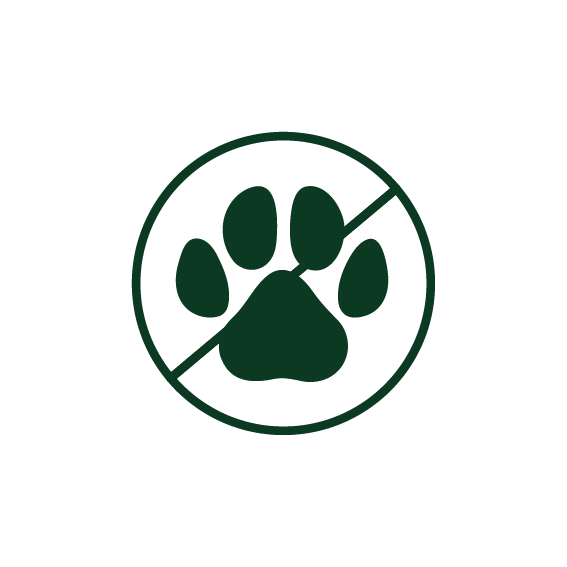Care Card
Euphorbia Lactea Variegata Crestata
 Occasional watering
Occasional watering
Water every 2 to 3 weeks, allowing the soil to dry out between waterings. Water more frequently in brighter light conditions and less frequently in low light conditions.
 Direct light
Direct light
Prefers direct exposure to sunlight.
 Low humidity
Low humidity
It does not like to cool down, so do not spray its leaves.
 Not suitable for pets
Not suitable for pets
This plant can be toxic for your pet, so we advise you not to keep them together.



